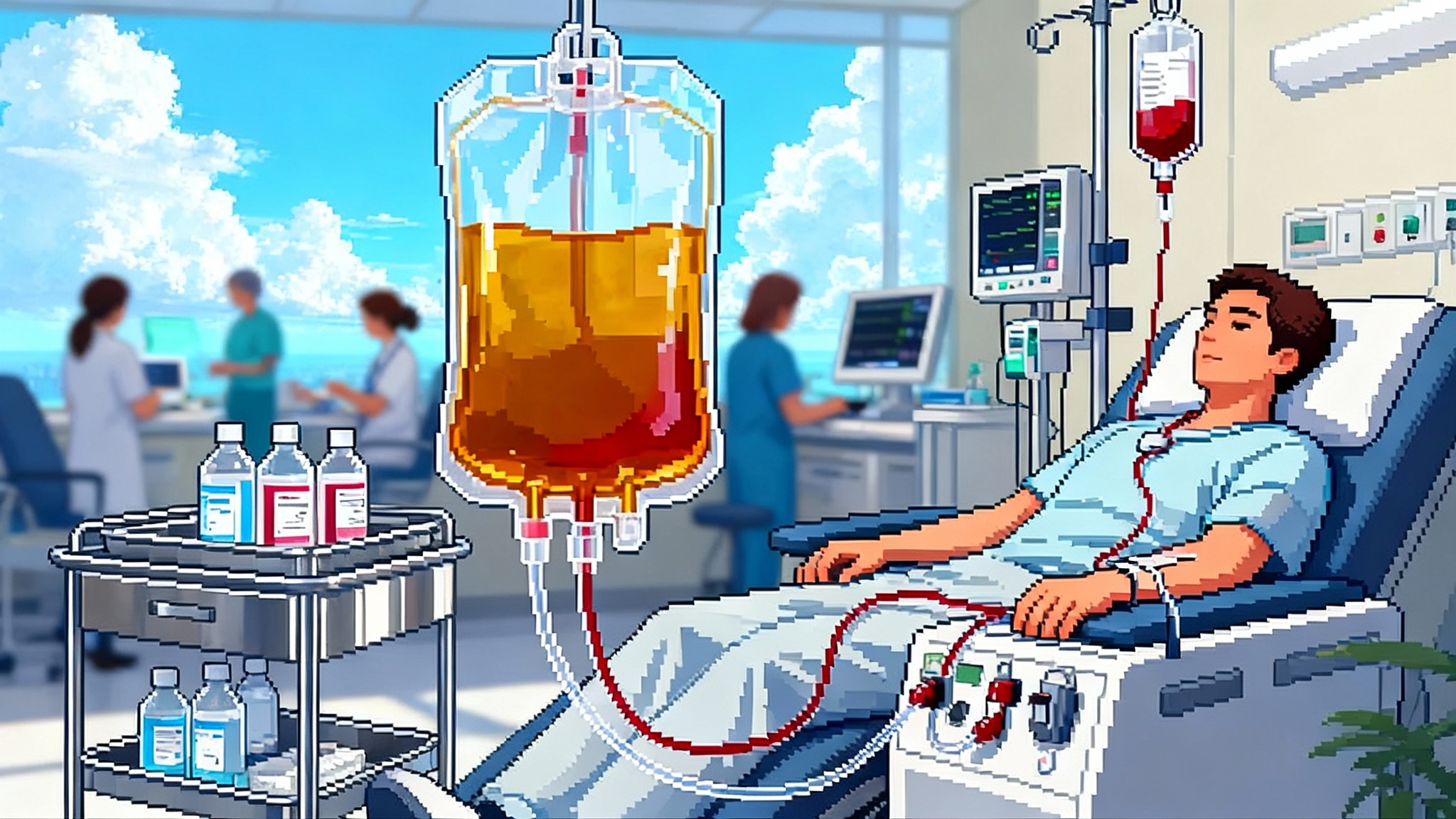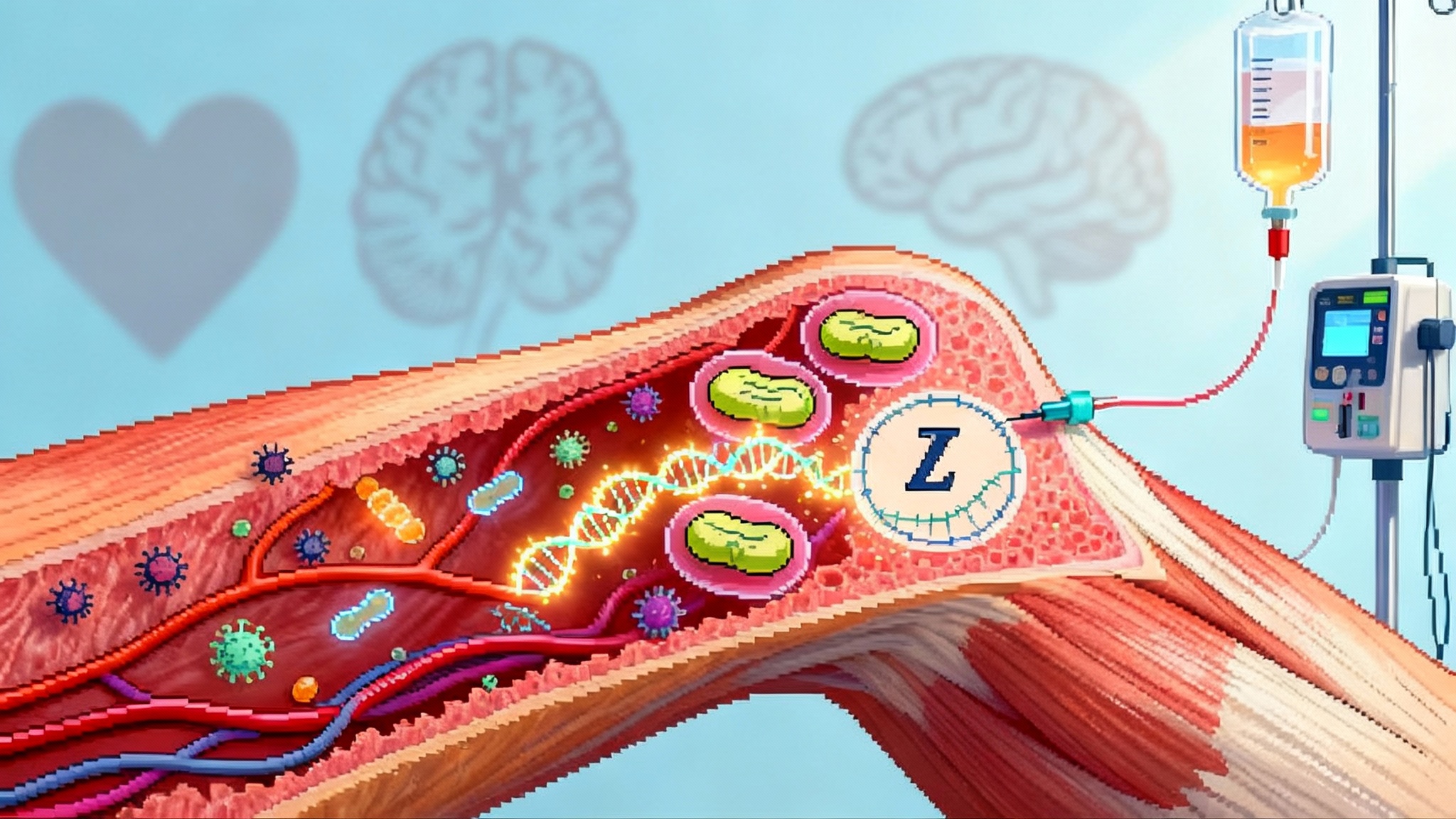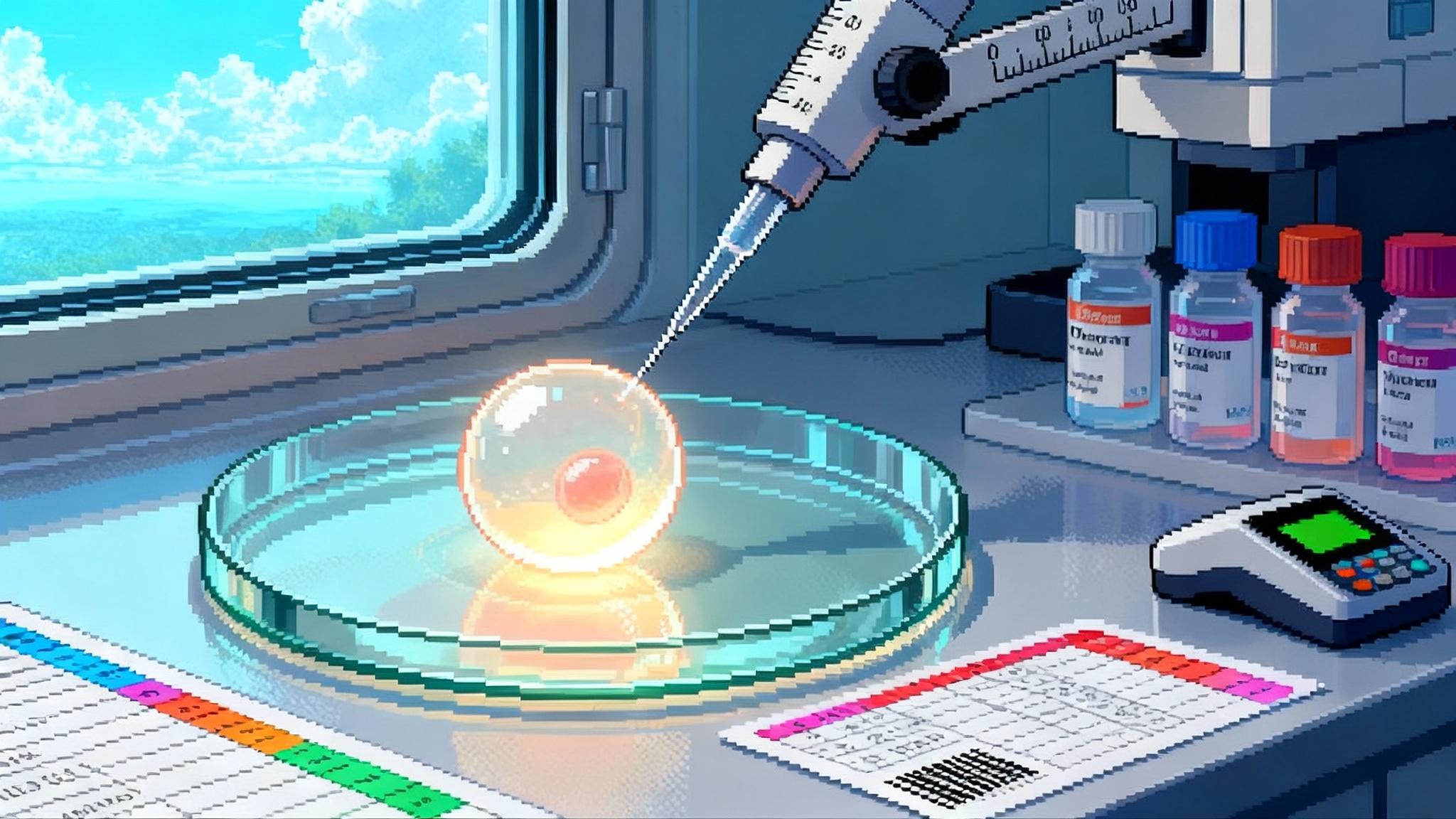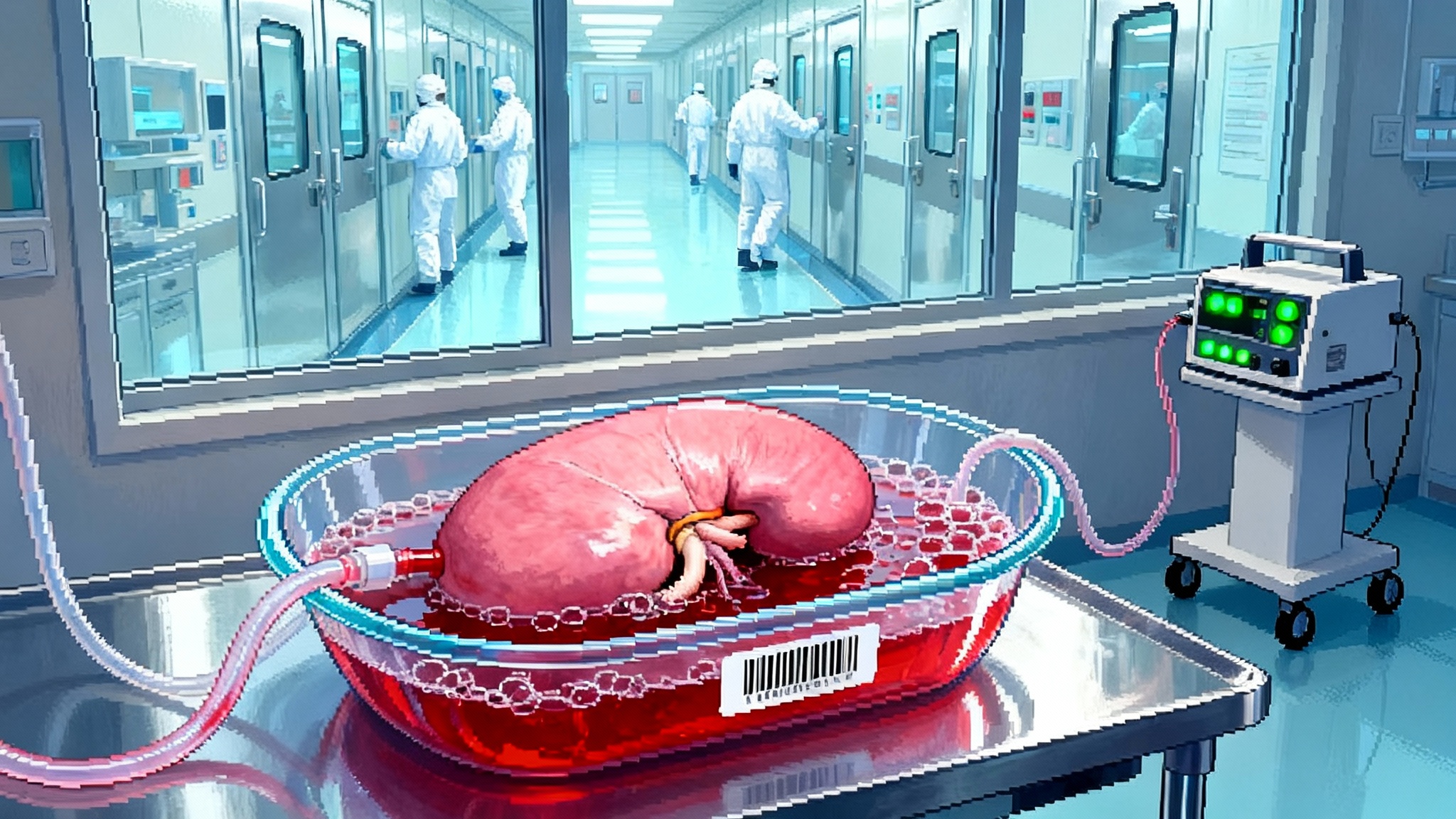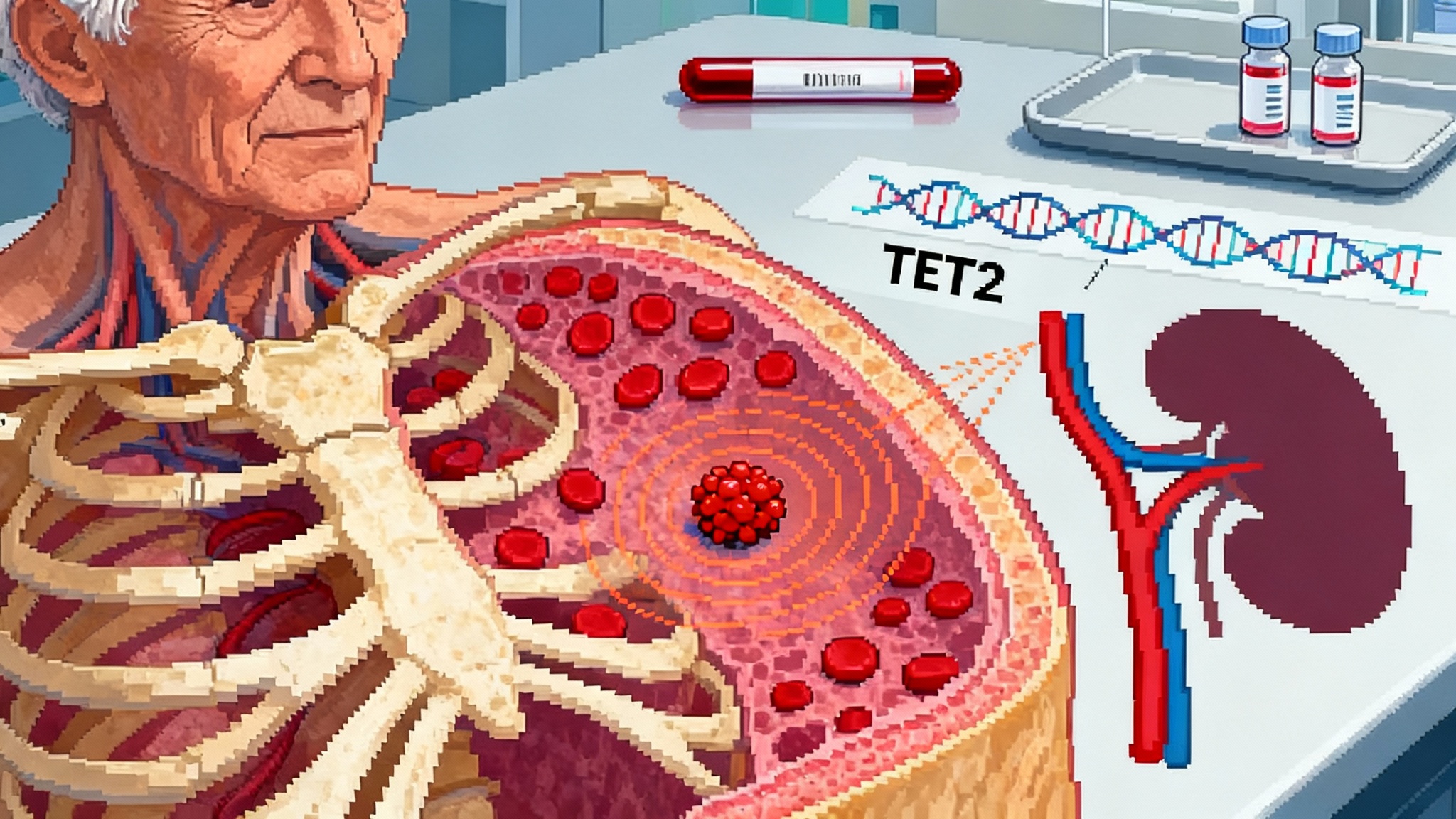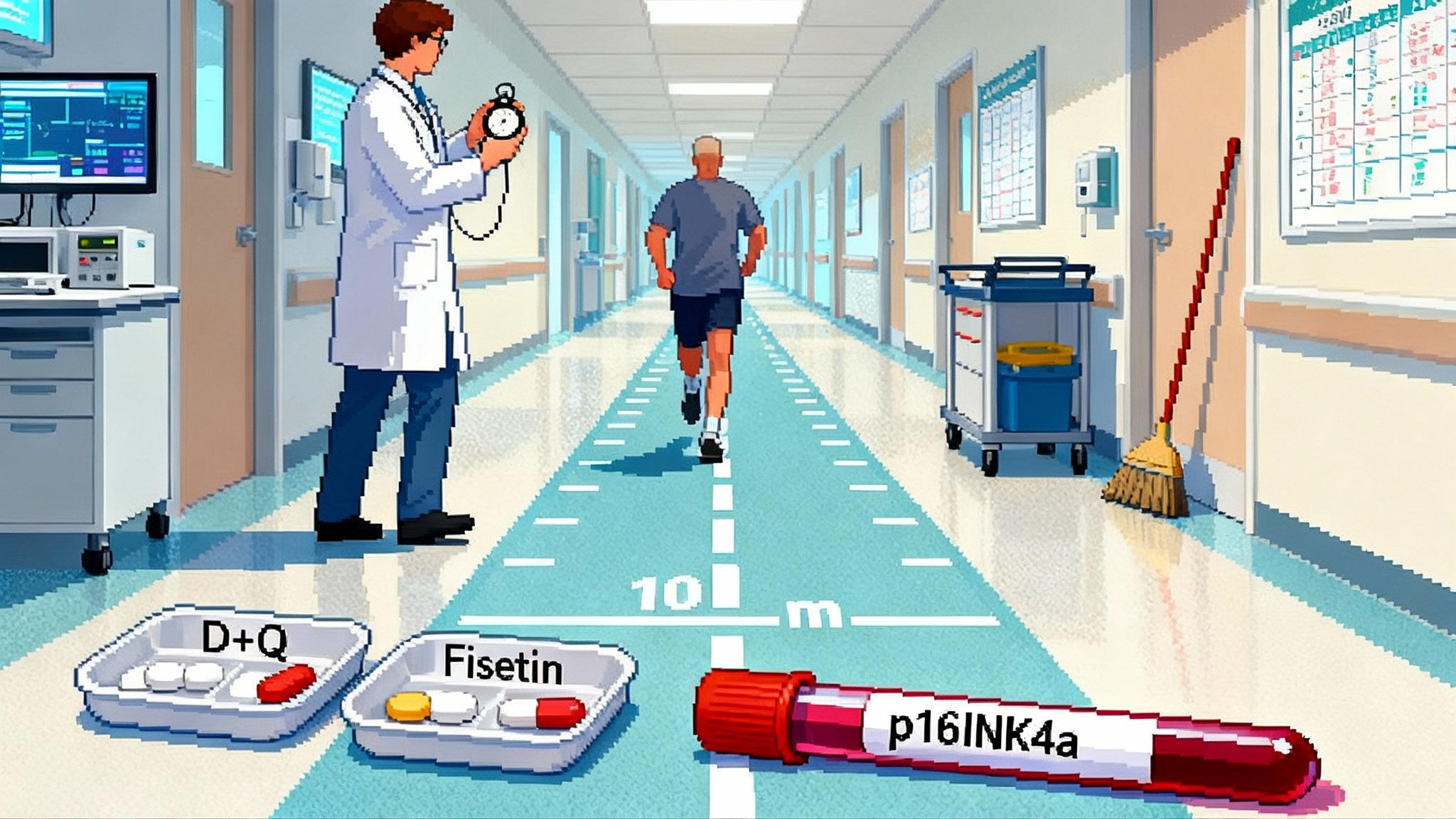Thymus Revival 2025: Turning Immune Aging into Treatable Biology
A wave of 2025 breakthroughs is pushing thymus preservation and regeneration from lab to clinic. Here is why immunosenescence is the next big lever for healthspan, what to watch over the next year, and how to fast-track the right biomarkers.

The breakthrough story hidden behind your breastbone
If you are older than thirty, your thymus has already started shrinking. This small organ behind the breastbone is where new T cells learn to recognize invaders and ignore the body’s own tissues. When the thymus winds down, our supply of naive T cells runs thin. Vaccine responses dull. New infections hit harder. Cancer surveillance falters. For decades the thymus was a curiosity in textbooks, interesting but clinically distant. That changed after 2021, when the Food and Drug Administration approved a one-time thymus tissue therapy for children born without the organ, creating a modern precedent for thymus-based medicine. See the FDA approval of Rethymic, the cultured thymus tissue implant for congenital athymia, which documented durable immune reconstitution in a population that previously had few options.
Now 2025 is shaping up as the year thymus preservation and regeneration stopped being only an idea and began looking like a clinical strategy for aging immune systems. Three lines of progress converged this year: clearer mechanisms that link metabolic hormones to thymic function, expanded trials of pharmacologic regimens that regrow thymus tissue and output, and cell therapies designed to rebuild the machinery of thymopoiesis itself. Together they suggest a practical way to target immunosenescence, a root cause behind a long list of late-life risks.
Why the thymus matters for healthspan
Think of the thymus as the training campus of the immune system. Bone marrow sends immature recruits. The thymus teaches them to recognize threats, discard dangerous self-reactive cells, and graduate as naive T cells ready for novel challenges. The campus shrinks with age, and the graduating class shrinks with it. The result is a broader T cell receptor repertoire, fewer exhausted memory cells, and weaker coordination with B cells. That combination raises the odds of severe infection and blunts vaccine benefits. It also erodes cancer immunosurveillance, which depends on a steady flow of fresh T cells to spot abnormal cells before tumors take hold.
If we could preserve thymus function or restore it, we would be intervening upstream of many later problems. The benefits would not be limited to fighting infections. Better T cell education can also improve tolerance, which could reduce autoimmunity risk when new T cells reenter circulation. The core idea is simple: keep the pipeline of well-trained T cells open, and you keep immune resilience high.
What changed in 2025
This year’s wave has three fronts. Each on its own is interesting. Together they start to look like a playbook.
1) Metabolic hormones point to a control knob for thymic aging
Independent groups reported that fibroblast growth factor 21, a hormone classically tied to nutrient sensing and metabolism, acts within the thymus to tune growth and function across the lifespan. In mouse models, FGF21 made by thymic stromal cells adjusted the mechanistic target of rapamycin pathway in nearby epithelial cells, preserved architecture, and maintained a broader T cell repertoire. The work matters because it identifies a local, druggable lever, not just a vague aging process. For technical details, see how paracrine FGF21 regulates thymus function and improves T cell responsiveness in older mice.
Two practical implications follow. First, a thymus-preserving drug does not have to systemically flood the body with growth signals. Targeting local FGF21 signaling or its downstream pathways could offer precision with fewer off-target effects. Second, FGF21 provides a mechanistic bridge to explain clinical observations. Interventions that influence metabolic stress signaling might incidentally affect thymic maintenance. That gives developers a shortlist of biomarkers to track when testing metabolic agents in older adults: thymic volume on imaging, signal-joint T cell receptor excision circles as a readout of new T cell output, and the diversity of the T cell receptor repertoire.
2) Trials are expanding for thymus-regenerating regimens
The TRIIM story, which began as a small pilot combining recombinant human growth hormone with metformin and dehydroepiandrosterone and reported epigenetic age shifts along with thymic changes, has grown into a larger, more structured extension. The current extension aims to define personalized dosing, control groups, and go or no-go biomarker thresholds in men and women from midlife into older age. The update this year formalized recruiting status and endpoints focused on immunosenescence and epigenetic aging, with the goal of finishing primary assessments by the end of 2025. For context on trial readouts that move beyond vanity biomarkers, see the plasma exchange RCT readout.
Beyond multi-agent regimens, longtime biological ideas are getting clinical structure. Sex steroid blockade, known to trigger thymic rebound in preclinical and transplant settings, is being revisited with modern immune monitoring after short induction courses. The goal is not permanent suppression, but timed pulses that allow thymic stroma to regrow and reseed a larger cohort of naive T cells. The immune aging problem is not abstract. Either older adults mount stronger, longer-lasting responses or they do not. Putting that test in the protocol removes ambiguity.
3) Cell therapies are moving from the niche to the aging use case
Cell therapy is the other big front. We already have an approved tissue product for congenital athymia in children. That success shows regulators can evaluate a thymus-targeted therapy and approve it when the benefit outweighs risk. What is new in 2025 is the ambition to rebuild aspects of thymopoiesis in broader settings.
Two approaches are drawing attention. One is to supply the thymus with precursors that home in, mature, and replenish naive T cells through natural selection. Companies developing ex vivo generated T cell progenitors describe injections timed with transplantation or during profound lymphopenia. Early clinical work suggests faster T cell reconstitution and a more complete repertoire than waiting for marrow to recover alone. The second approach is to restore the thymic microenvironment itself by delivering thymic epithelial cells derived from pluripotent sources, or to implant organoids that recreate the classroom for T cell education. Academic centers showcased human thymic epithelial cell organoids and induced pluripotent stem cell derived thymic epithelial cells that can carry key selection molecules and support T cell development in humanized models. The cell manufacturing steps are nontrivial, but the path is clear. Translators are building potency assays around epithelial gene programs, such as forkhead box N1 and autoimmune regulator expression, and around the capacity to support positive and negative selection in vitro.
The practical message is that cell therapy for immune aging is no longer a science fiction pitch. It is a manufacturing and clinical design challenge. Success will depend on scale, quality control, and smart endpoints rather than on a single magic molecule.
The case for targeting immunosenescence as the next big lever
Extending healthspan requires reducing the frequency and severity of the events that pull older adults into hospitals. Infections, complications after surgery or chemotherapy, and advanced cancers dominate that list. Each is made worse by an immune system that cannot respond quickly to new threats. Intervening at the thymus has three advantages.
- It acts upstream. Rebuilding thymic output improves the raw material supply for many immune tasks.
- It compounds with existing tools. Better naive T cell pools should improve responses to vaccines and to cancer immunotherapies that depend on fresh T cell clones.
- It can be measured. Thymic volume, naive T cell counts and recent thymic emigrant markers, T cell receptor repertoire diversity, and vaccine responsiveness are concrete, trackable endpoints.
Immune aging also intersects with other late-life risks. For example, expanding memory clones can distort hematopoiesis. See how clones become targets in clonal hematopoiesis as a treatable target.
What to watch in the next 6 to 12 months
Here is a focused scoreboard for the coming year. Each item includes the signal to look for and why it matters.
- T cell receptor repertoire diversity: Look for increases in Shannon entropy or similar diversity metrics in naive CD4 and CD8 pools at 3, 6, and 12 months. A broader repertoire predicts better responses to novel pathogens and vaccines.
- Recent thymic emigrants and excision circles: Track signal-joint T cell receptor excision circles and naive T cell fractions by flow cytometry. Rising values indicate real thymic output, not just peripheral expansion.
- Vaccine responsiveness: Pre-specify a booster challenge, measure seroconversion rates, neutralizing titers, and T cell cytokine responses at 28 and 180 days. If thymus-targeted interventions work, the curves should steepen and stay higher.
- Infection signals: Monitor rates of laboratory-confirmed influenza, respiratory syncytial virus, shingles, and serious bacterial infections, plus hospitalizations per 100 person-years. Even modest reductions will be clinically meaningful.
- Cancer incidence and minimal residual disease: In groups with prior malignancy or high risk, track incident cancers and minimal residual disease dynamics. Improved thymopoiesis should enhance immunosurveillance.
- Autoimmunity safety: Check autoantibodies, regulatory T cell function, and new autoimmune diagnoses. Thymus regeneration should improve tolerance, but safety requires measurement.
- Imaging and structure: Use magnetic resonance or low-dose computed tomography to quantify thymic volume and fatty infiltration. Pair structure with function to avoid chasing shadows.
Fast-tracking the right biomarkers and endpoints
First-in-human programs rise or fall on what they choose to measure. To scale quickly without sacrificing rigor, adopt the following playbook.
- Use a staged endpoint ladder. Stage 1 focuses on thymic structure and output. Required signals include increased thymic volume, higher naive T cell fractions, and more recent thymic emigrants within 3 months. Stage 2 adds function: improved vaccine responses and broader T cell receptor diversity by 6 months. Stage 3 targets outcomes: fewer infections and hospitalizations over 12 to 18 months. Progress to the next stage only if prespecified thresholds are met.
- Predefine go or no-go thresholds. Examples: at least a 25 percent increase in naive CD4 cells and a 0.3 log increase in excision circles at 90 days; at least a 2-fold rise in neutralizing titers after booster vaccination with no increase in autoantibody panels; a 20 percent reduction in infection-related hospitalizations over a respiratory season.
- Standardize the repertoire readouts. Agree on sequencing depth and diversity metrics across programs so results are comparable. A shared assay package will save sponsors and regulators time.
- Embed a vaccine challenge. Mandate a standardized booster at a fixed time point with harmonized assays. This creates an immediate functional yardstick for thymus-targeted agents.
- Create a core safety panel for autoimmunity. Include antinuclear antibodies, thyroid peroxidase antibodies, c-peptide, and tissue specific panels where relevant. Pair with regulatory T cell function assays to catch problems early.
- For cell therapies, validate potency against function. Potency assays should go beyond marker expression. Require in vitro selection and education tests that simulate positive and negative selection, and adopt release criteria that predict in vivo performance.
- Use adaptive designs. Let early biomarker shifts reweight randomization or accelerate dose finding. Adaptive trials are ideal for organ-restoring therapies where structure and function evolve over months. For practical precedents, study the senolytics frailty trial design.
How developers, clinicians, regulators, and payers can act now
- Developers: Build protocols that combine structure, output, and function from the start. Do not rely on imaging alone. Add the vaccine challenge and repertoire sequencing. If you aim to preserve the thymus, include metabolic hormone pathway biomarkers tied to the proposed mechanism, such as FGF21 and mechanistic target of rapamycin signatures in circulating cells.
- Clinicians: Enroll diverse older adults, not only high-performing volunteers. Immunosenescence is heterogeneous. Capture comorbidities and medications that interact with immune function, including glucocorticoids and statins. Plan for practical endpoints like fewer urgent care visits for respiratory illness.
- Regulators: Signal openness to surrogate endpoints for early approvals, similar to the path used for the pediatric thymus tissue therapy, while requiring robust post-marketing outcomes. A clear route for Regenerative Medicine Advanced Therapy designation will focus development.
- Payers: Prepare coverage with evidence frameworks that tie payment to functional improvement. A lower rate of infection-related hospitalization or improved response to standard vaccines is measurable and valuable.
Risks to respect, and how to manage them
Regenerating an immune organ is powerful. The two big risks are autoimmunity and unintended clonal expansions.
- Autoimmunity: The thymus enforces tolerance, but partial regeneration in the wrong compartment could unleash self-reactive cells. The fix is measurement and gating. Require negative selection capacity in release tests for cell products, and track regulatory T cell function in vivo.
- Clonal expansions: Rapid expansion of existing memory clones without improved thymic output could worsen repertoire skew. Use repertoire sequencing to ensure diversity expands, not just the size of a few clones.
Short induction pulses that allow the thymus to regrow, followed by rest periods, may lower risk while maintaining benefits. Mechanism-guided dosing will matter as much as the intervention itself. Also watch adjacent risks in hematopoiesis covered in clonal hematopoiesis as a treatable target.
The near future, mapped to real signals
Here is a practical timetable for the next year. If these signals appear, the field is on track.
- By early winter: first reports of improved booster vaccine responses in older adults on thymus-targeted regimens, paired with increases in recent thymic emigrants.
- By spring: cell therapy programs show faster naive T cell recovery after transplantation and cleaner safety profiles, with no rise in autoantibodies.
- By summer: combined-mechanism regimens publish repertoire diversity gains alongside fewer respiratory infections over the season.
If these signals do not appear, programs should pivot to stronger mechanisms like local stromal targeting or improved selection in organoids before scaling.
The bottom line
In 2025, thymus preservation and regeneration crossed from concept to clinical agenda. We have a precedent in a pediatric indication, modern mechanistic levers like FGF21 inside the organ, expanded trials that measure function rather than only anatomy, and cell therapies that aim to rebuild the factory floor of T cell education. The opportunity is straightforward. Treat immunosenescence as a disease process with measurable inputs and outputs. Fast-track the right biomarkers and endpoints. Scale what produces broader repertoires and stronger vaccine responses without igniting autoimmunity. If we do that with discipline, the organ most people forget they have could become the quiet lever that keeps more of us healthy, longer.
References and further reading
- Clinical precedent: FDA approval of Rethymic
- Mechanism: paracrine FGF21 regulates thymus function
